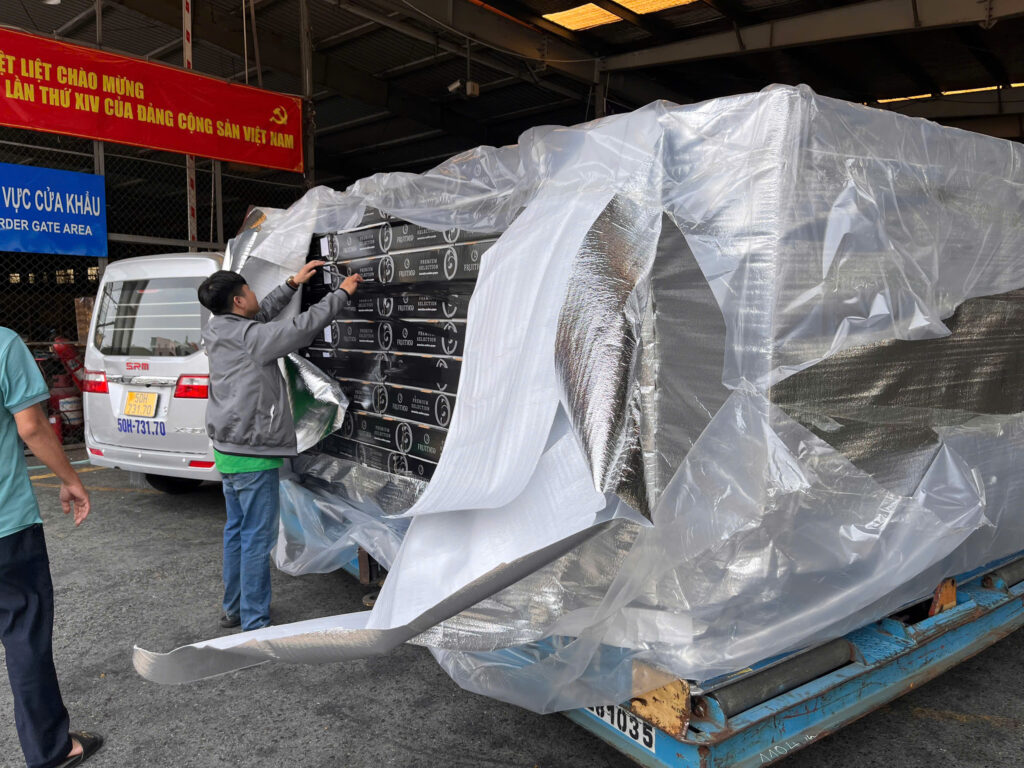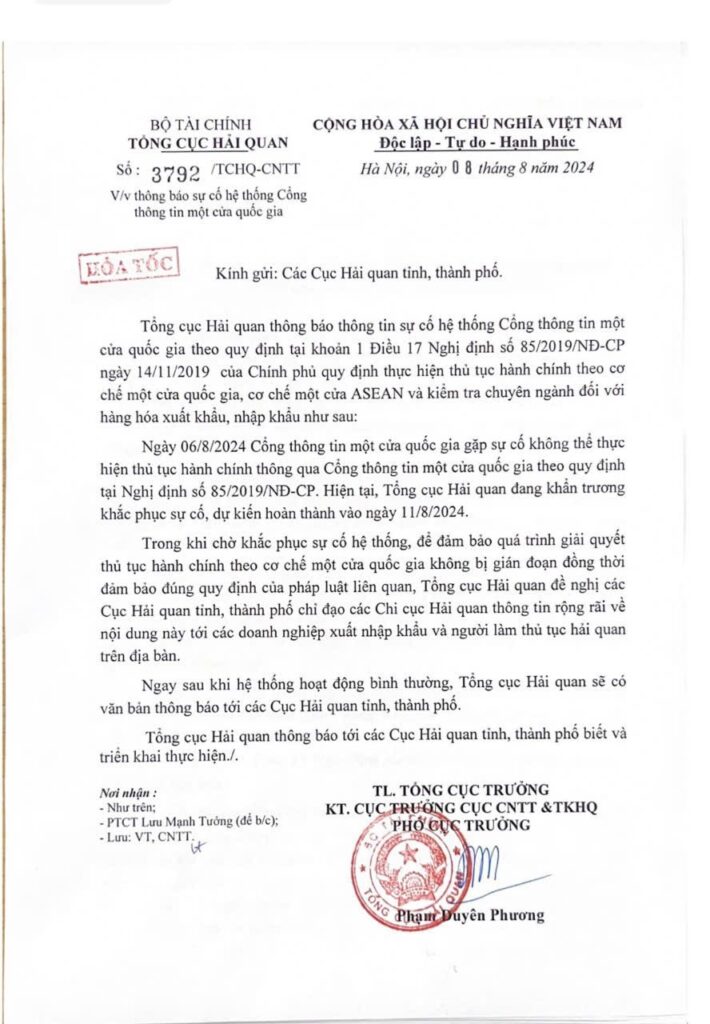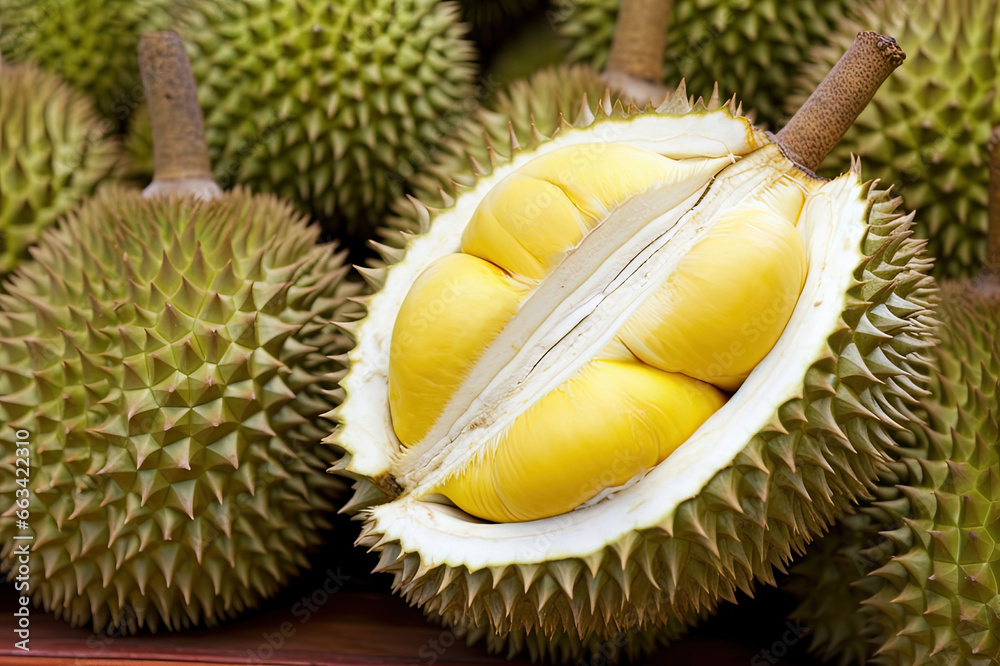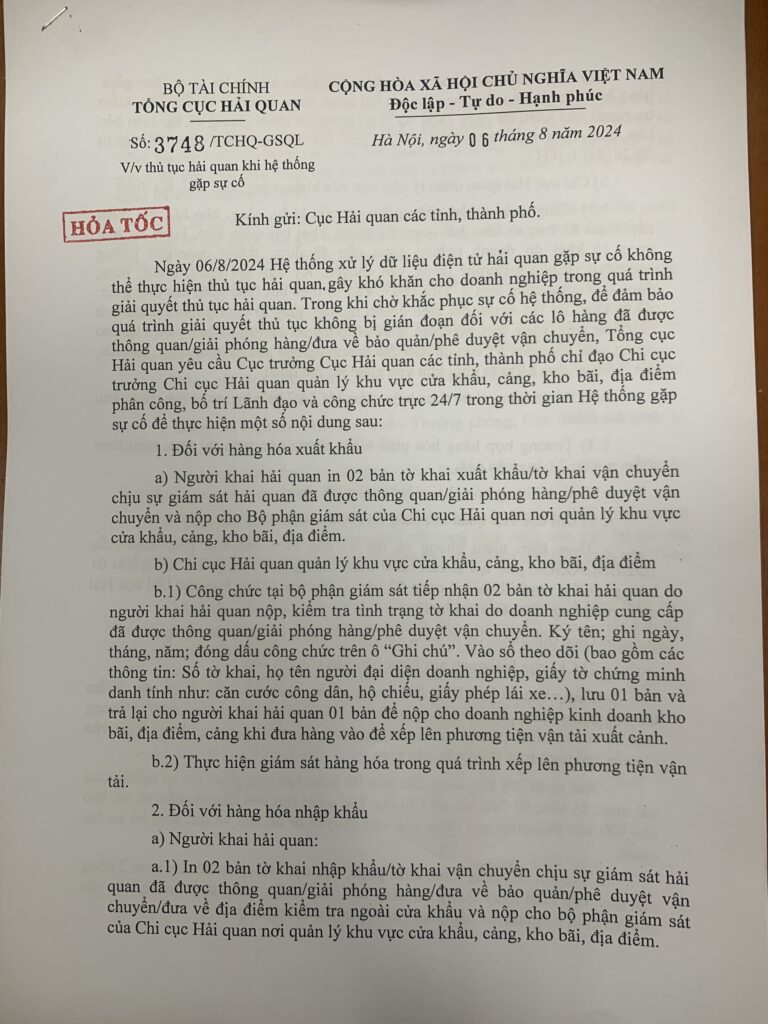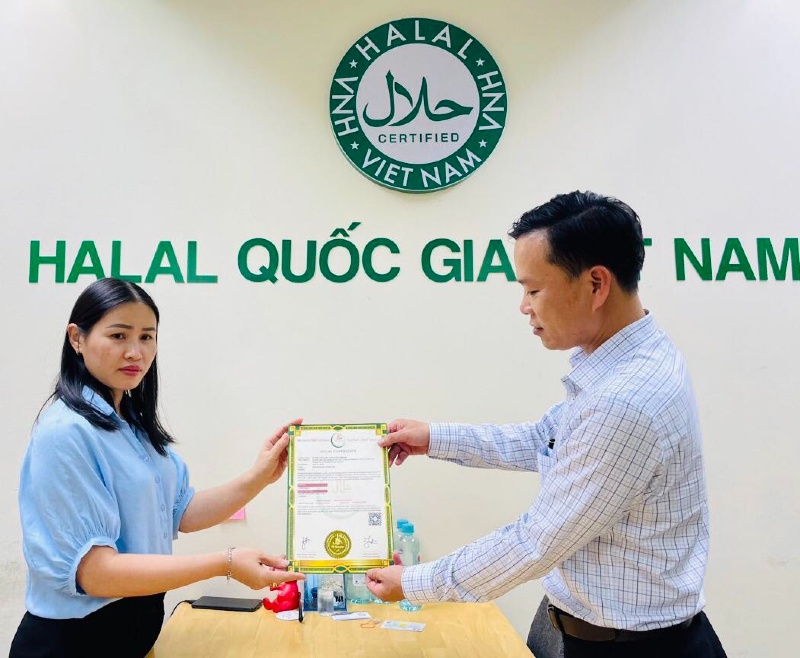(HQ Online) – Applying new management methods consistent with trade facilitation trends such as: using electronic documents to replace paper documents; change the form of submitting documents certifying the origin of goods; apply guarantee; Delay in submitting documents certifying origin... are highlights at Circular 33/2023/TT-BTC (Circular 33) on determining the origin of exported and imported goods will take effect from July 15, 2023.
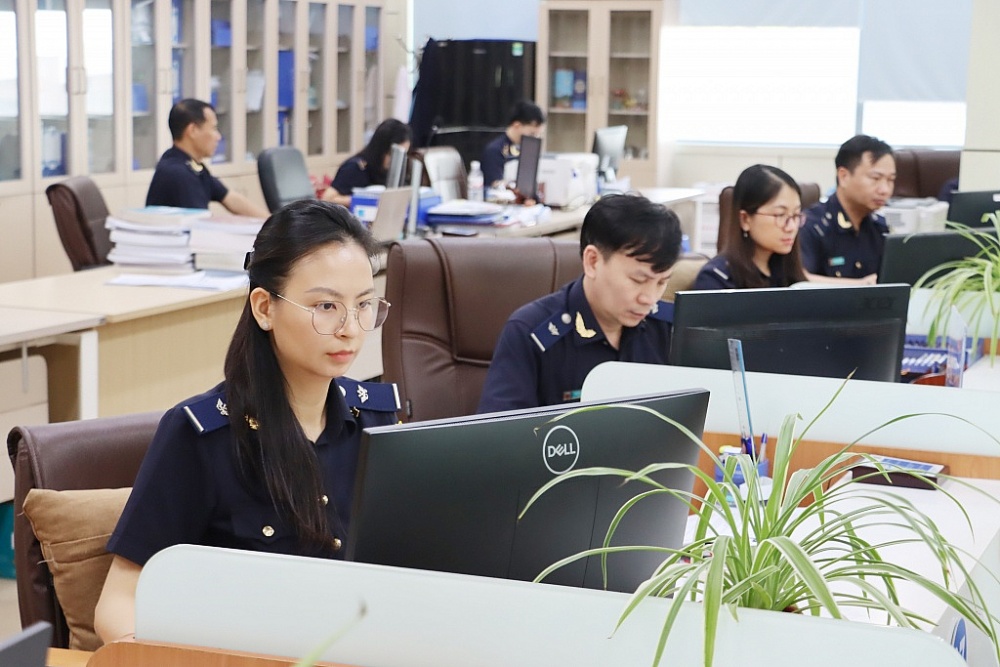
From July 15, what's new in the regulations on determining the origin of imported and exported goods?
Deputy Director of the Department of Customs Management Supervision Dao Duy Tam said that Circular 33 has more reform-oriented content than previous circulars. To disseminate and guide the new contents in the circular, the General Department of Customs will organize many propaganda activities and disseminate instructions for local customs and businesses to implement. On July 6, the General Department of Customs organized an online conference to train on new points in Circular 33 for provincial and city customs departments.
| From July 15, Circular 33/2023/TT-BTC regulating the determination of origin of exported and imported goods replaces circulars including:
Circular No. 38/2018/TT-BTC dated April 20, 2018 on determining the origin of exported and imported goods; Circular No. 62/2019/TT-BTC dated September 5, 2019 amending and supplementing a number of articles of Circular No. 38/2018/TT-BTC; Circular No. 47/2020/TT-BTC dated May 27, 2020 on the time to submit documents certifying the origin of goods and the form of documents certifying the origin of goods for imported goods applicable during the period acute respiratory infection caused by Corona virus; Circular No. 07/2021/TT-BTC dated January 25, 2021 on the time to submit documents certifying the origin of imported goods in the Free Trade Agreement between the Socialist Republic of Vietnam and the European Union Europe. From July 15, what's new in the regulations on determining the origin of imported and exported goods? |
According to the Department of Customs Management Supervision, notable new points in Circular 33 include: pre-determining the origin of exported and imported goods; regulations on declaration, submission, inspection, determination and verification of origin of exported goods; form of certificate of origin for imported goods; refuse to accept documents certifying origin; Time of submission of documents certifying the origin of imported goods; Apply tax guarantees in case of late payment; Submit additional documents certifying origin in special cases; Check documents certifying the origin of goods...
For example, Circular 33, which inherits Circular 38/2015/TT-BTC, retains the contents of regulations on inspection, identification and verification of origin for exported goods in Chapter III of Circular 38/2015. /TT-BTC (Articles 8-12), and at the same time add Article 5 on declaration and submission of export certification documents to legalize the guiding dispatch of the Ministry of Finance. Specifically, customs declarants declare the origin of goods in the "goods description" box on the electronic export declaration according to form No. 2, Appendix I, Circular 39/2018/TT-BTC according to the structure: meeting export requirements. Origin of Vietnam declared: "description of goods #&VN"; Origin of another country declared: "description of goods#& (code of country of origin of goods)"; origin cannot be determined, declare: "goods description #&KXD". In case of declaring a paper customs declaration, the customs declarant declares the origin of exported goods in the "origin" box on the paper customs declaration according to form HQ/2015/XK Appendix IV Circular 38/2015/TT- BTC.
In case the document Notifying the result of pre-determination of origin has been issued, the customs declarant declares: number, date, and validity period of the document in the "license" box on the electronic export declaration or declaration form. paper customs. Notably, when carrying out customs procedures for exported goods, customs declarants do not have to submit documents certifying the origin of goods to the Customs authority. In case the customs declarant requests to submit a document certifying the origin of goods or a written notification of the results of pre-determination of origin, the Customs agency receives and checks according to Article 6-9 of Circular 33.
In Article 6 on inspection and determination of origin of exported goods, the representative of the Department of Customs Management Supervision emphasized that, while waiting for the results of inspection and verification of origin, exported goods are carried out through procedures. Customs clearance and customs clearance according to regulations.
Regarding the form of submission of Certificate of Origin, the new circular inheriting the provisions in Circular 47/2020/TT-BTC has created favorable conditions for businesses such as: in case of applying special incentives, C/O can be used. Use electronic signature and stamp or photocopy/scan of C/O; The competent authority of the exporting country provides an electronic information page to look up C/O or other methods of looking up C/O. In other cases, accept photocopies/scans of C/O for customs clearance. Enterprises must return an original C/O within 180 days from the date of registration of the customs declaration.
Specifically, Clause 4, Article 12 of Circular 33 stipulates that certification of origin documents must be submitted to the Customs authority in the form of electronic data or paper documents converted to electronic documents (scanned copies with written confirmation). digital signature) through the Customs Electronic Data Processing System. Enterprises do not have to submit payments when issued on the ASEAN Portal or on the website according to the notification of the competent authority of the exporting country, but must declare according to Article 11). In case of declaring a paper customs declaration, the customs declarant submits a photocopy of the certificate of origin certified by the declarant.
A representative of the Department of Customs Supervision and Management said that another new point that businesses need to pay attention to when implementing Circular 33 is the regulation on refusing to accept certificates of origin. The Circular does not stipulate that it is mandatory to declare debt/delay on the declaration, but the customs declarant can submit additional documents certifying origin within the prescribed time limit... Article 14 of Circular 33 stipulates that the Customs authority refuses Receive documents certifying origin in the case: the customs declarant submits additional documents certifying the origin of goods that are out of date; Imported goods are notified by the authority competent to issue certificates of origin of goods of the exporting country about the cancellation of documents certifying the origin of goods or do not meet the origin criteria according to the regulations of the exporting country. password.
According to the Customs Management Supervision Department, a new point in Circular 33 is the regulation on applying tax guarantees to cases of late payment specified in Clauses 1 and 3, Article 12. Specifically, in cases where there are no documents, Certificate of origin at the time of customs clearance. In case of tax-preferential goods under FTA Agreements, MFN tax rates, normal tax rates and customs clearance apply. If a credit institution guarantees the tax difference, special preferential tax rates and customs clearance will apply.
For goods subject to trade remedies, taxes are applied according to trade remedies prescribed by the Ministry of Industry and Trade. If a credit institution guarantees the tax amount payable, the tax rate as declared will be accepted. of customs declarants and customs clearance.
Source: Online customs

